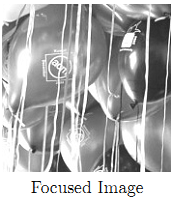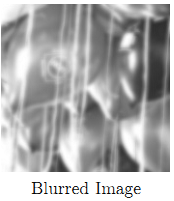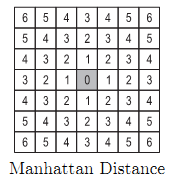标签:des style http color io os ar strong for
| Time Limit: 1000MS | Memory Limit: 65536K | |
| Total Submissions: 642 | Accepted: 137 |
Description



Input
Output
Sample Input
2 2 1 1 1 1 1 3 3 1 19 14 20 12 15 18 13 14 16 4 4 2 14 15 14 15 14 15 14 15 14 15 14 15 14 15 14 15 0 0 0
Sample Output
1.00 1.00
1.00 1.00
2.00 30.00 17.00
25.00 7.00 13.00
14.00 0.00 35.00
1.00 27.00 2.00 28.00
21.00 12.00 17.00 8.00
21.00 12.00 17.00 8.00
1.00 27.00 2.00 28.00
#include <cmath>
#include <cstdio>
#include <cstring>
#include <iostream>
#include <algorithm>
#include <set>
#include <map>
#include <string>
#include <stack>
#include <queue>
#include <vector>
#define for0(a,b) for(a=0;a<b;++a)
#define for1(a,b) for(a=1;a<=b;++a)
#define foru(i,a,b) for(i=a;i<=b;++i)
#define ford(i,a,b) for(i=a;i>=b;--i)
using namespace std;
typedef double db;
typedef long long ll;
const db eps = 1e-8;
const int inf = 1e9;
const int N = 105;
db a[N][N], g[N][N], x[N];
int pos[N][N];
int n, m, d, cnt;
int dis(int x1, int y1, int x2, int y2)
{
return abs(x1-x2) + abs(y1-y2);
}
void Gauss()
{
db tmp, big;
for(int i=0; i<cnt; ++i) {
int r, big = 0;
for(int j=i; j<cnt; ++j) {
if(abs(g[j][i])>big) {
big = abs(g[j][i]);
r = j;
}
}
if(r != i) {
for (int j = 0; j <= cnt; j++) {
swap(g[i][j], g[r][j]);
}
}
for(int j=i+1; j<cnt; ++j) {
if(g[j][i]) {
tmp = g[j][i]/g[i][i];
for(int k=i; k<=cnt; ++k) {
g[j][k] -= tmp*g[i][k];
}
}
}
for(int i=cnt-1; i>=0; --i) {
tmp = 0;
for(int j=i+1; j<cnt; ++j) {
tmp += g[i][j]*x[j];
}
x[i] = (g[i][cnt] - tmp)/g[i][i];
}
}
}
int main()
{
#ifndef ONLINE_JUDGE
freopen("in.cpp", "r", stdin);
freopen("out.cpp","w", stdout);
#endif // ONLINE_JUDGE
bool first = 1;
while(~scanf("%d%d%d", &m, &n, &d)) {
if(m==0&&n==0&&d==0) break;
if(!first) puts("");
else first = 0;
cnt = 0;
for(int i=0; i<n; ++i) {
for(int j=0; j<m; ++j) {
scanf("%lf", &a[i][j]);
pos[i][j] = cnt++;
}
}
memset(g, 0, sizeof g );
for(int i=0; i<n; ++i) {
for(int j=0; j<m; ++j) {
for(int k=0; k<n; ++k) {
for(int l=0; l<m; ++l) {
if(dis(i,j,k,l)<=d) {
g[pos[i][j]][pos[k][l]] = 1;
g[pos[i][j]][cnt] += a[i][j];
}
}
}
}
}
Gauss();
for(int i=0; i<n; ++i) {
for(int j=0; j<m; ++j) {
printf("%8.2lf", x[i*m + j]);
}
printf("\n");
}
}
return 0;
}
标签:des style http color io os ar strong for
原文地址:http://blog.csdn.net/yew1eb/article/details/39578343